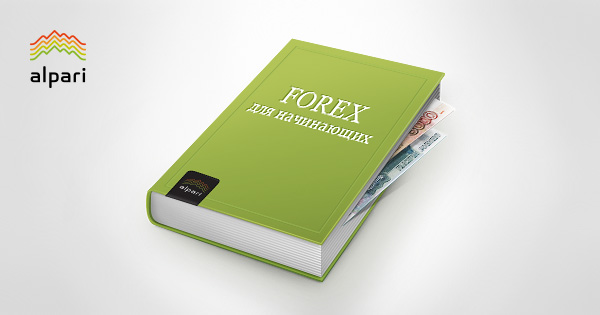National currency implies money which is emitted by a state central bank or any other state monetary institution. Chinese currency is becoming popular and a more powerful international currency day by day. The most debatable question in international economics has been owed to the policy of artificial undervaluation of Chinese money contra the United States dollar; insofar that China has been gaining an export price advantage up to 2015. During that period, Chinese currency received appreciation of its rising position in the world by the International Monetary Fund.
Before 2010, since being under strict government control, the Chinese renminbi was never considered to be an international currency. But now Standard Chartered Bank forecasts that 28% of international trade from China will be realized in RMB by 2020.
Differences between yuan and renminbi
Other than the process of currency internationalization, modern China's system has two interchangeable terms for national currency they are: “renminbi” and “yuan” and, as such, two abbreviated currency codes are used: “RMB” and “CNY”. Will it turn to account the yuan or the renminbi, or split the use of one or another for international and internal market participants?
As we have denoted earlier, the renminbi and the yuan's are interchangeable when talking about Chinese currency, and are very often confused. Here we are trying to specify the difference between them to clear up this misunderstanding.
The renminbi is regarded the official currency of China. In international conversion it is marked as CNY (or CNH in the Hong Kong territories) and by the symbol ¥, but the abbreviation RMB is also commonly used.
The yuan is the unit notion for renminbi transactions but also applies to the currency in general. Thus, any person may pay for his coffee in café with a 10 yuan bank-note and receive change in yuan and jiao. So both these banknotes are classed as renminbi.
It is a similar situation with the pound sterling in Great Britain where this term is referred to the British currency but the price is stated only in pounds and pound is a value of the pound sterling; the same can be seen in USA – where the price is expressed in dollars and not in Federal Reserve notes.
It's also worth mentioning that the price for all goods transactions is always in dollars (e.g. $100), pounds (e.g. £100) or yuan (e.g. ¥100) – not in Federal Reserve bank-notes, sterling or renminbi. Strictly speaking, one should say, “You owe me 100 yuan,” instead of, "You owe me 100 renminbi," because the unit is yuan.
Renminbi is Chinese money while yuan is the unit of that currency.
About RMB
The renminbi is regarded as the official currency of China and translates to something similar to the “people's currency,” just as name of the country is the People's Republic of China. It was issued by the People's Bank of China and was introduced by the communist government of the People's Republic of China for the first time as the official currency in 1949. Having the country's formal name, the currency has gained a so-called egalitarian air. The renminbi is appropriately used when we mean Chinese currency as an abstract notion and do not speak about some exact number of yuan: not about a specific number of units. Just as we can speak about gold devaluation, in the same way we speak about renminbi devaluation (not yuan).
First of all we speak about the international role of renminbi as the People's Republic of China is the world's second-largest economy and the largest contributor to global economy. It's hardly a surprise then that the renminbi is expected to rise to be to the major international currency in the very near future.
About yuan
In spoken Chinese, yuan is pronounced as “kuài” and means “peace”; the word used previously for silver or copper coins. It is a unit for accounting and is denominated in paper bank-notes. There one, two, five, ten, fifty, one hundred yuan notes are available, in addition to smaller denominations of fen and jiao (in coins). 10 jiao constitute one yuan and correspond to one hundred fen. Yuan in China corresponds to the use of the dollar in the USA in the quality of a unit of currency. We should say, “this shirt costs 150 pounds” according Britain's currency and consequently say, “this shirt costs 150 yuan.”
In conclusion
Nowadays the People's Bank of China provides an insight into the use of the yuan and renminbi. It can be seen clearly from its report about RMB payments for international sales in goods, in services and other settlements in respect of current operations for foreign and inward investments which are amount to billions of yuan.
Chinese currency has been showing powerful growth. If you have some you aren't bothered which way to call it: whether yuan or renminbi; all that matters is Chinese currency gaining great importance on the global stage.
